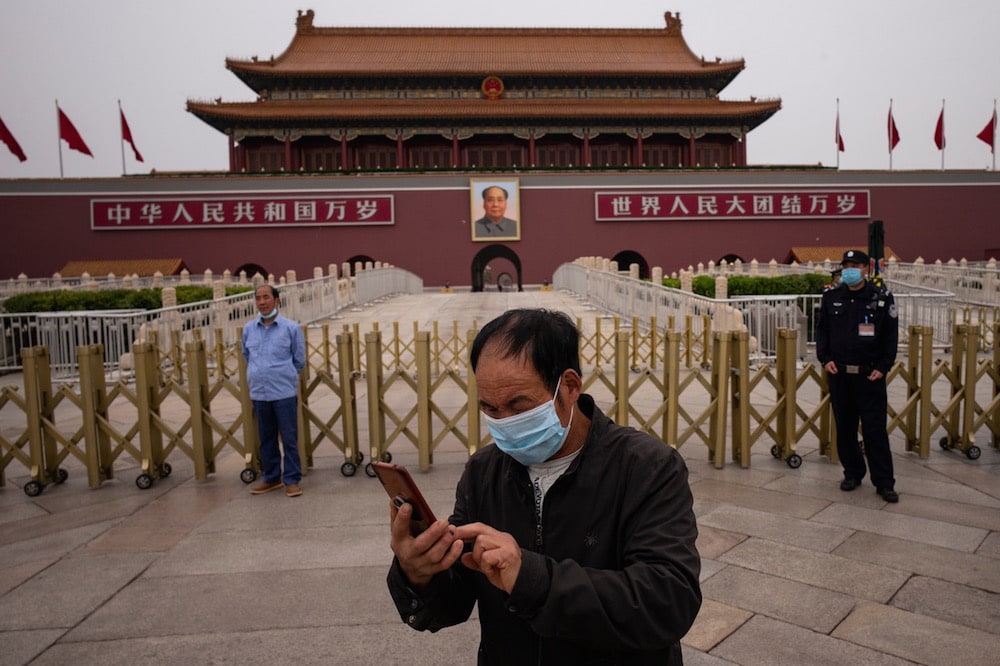Despite China's notorious censorship regime, netizens have found ingenious ways to share COVID-19 information, organize help during the lockdown, and express outrage over the government's handling of the crisis.
This statement was originally published on freedomhouse.org in Freedom House’s China Media Bulletin 143.
State media and censors continue their efforts to dictate what Chinese people can learn and say about the government’s response to the spread of COVID-19, as well as about daily life during this extraordinary time. Yet over the past two months ordinary citizens, displaying remarkable ingenuity and courage, have sought out and shared information about the outbreak, organized help for fellow citizens in Wuhan, and mourned those lost to the epidemic. The following are a few notable examples:
- Daily diary from Wuhan: The online diary of noted Wuhan-based writer Fang Fang has provided a window into life in the city during the two-month lockdown. Despite the entries on her Caixin blog and WeChat account being repeatedly deleted by censors, often within hours, her posts have been shared by millions on social media. They have also been preserved via archival projects like a GitHub repository as well as China Digital Times, and will be published as a book in English by HarperCollins in June.
- Public anger: Frustration at the Wuhan government’s response to the outbreak of COVID-19 was captured in a March 5 video shot during a tour of the city by vice premier and politburo member Sun Chunlan. In the amateur video, numerous people can be heard yelling “Fake! Fake! Everything is fake!” from their apartments as Sun and her entourage inspect a residential community below.
- Sharing censored content: On the day of Xi Jinping’s own “frontline” visit to Wuhan on March 10, a profile in China’s People magazine of the director of the emergency department at Wuhan Central Hospital laid bare how local doctors had been pressured to suppress early signs of the virus. While the interview with Ai Fen was quickly deleted by censors, netizens immediately found numerous ways to share the article, including reproducing the text using emojis, pinyin, Korean, QR codes, and Ethereum blockchain.
- Volunteers coordinating supplies: Amidst the lockdown in Wuhan, which ended April 8, average Chinese citizens organized to provide vital assistance to frontline responders and those in need. Wine importers transitioned to distributing medical supplies to local hospitals, bar owners turned to cooking meals for medical workers, while others staffed phone lines to provide information and help to desperate local residents. Many of these efforts were coordinated via social media applications like WeChat.
- Online memorials for the deceased: On Tomb Sweeping Day, April 4, the final Weibo message posted by doctor and coronavirus whistleblower Li Wenliang prior to his death on February 7 became a public memorial to him and other victims of the epidemic. In hundreds of thousands of moving comments, netizens offered thanks to the doctor, while others asked him to greet in the afterlife those they had lost to COVID-19.



